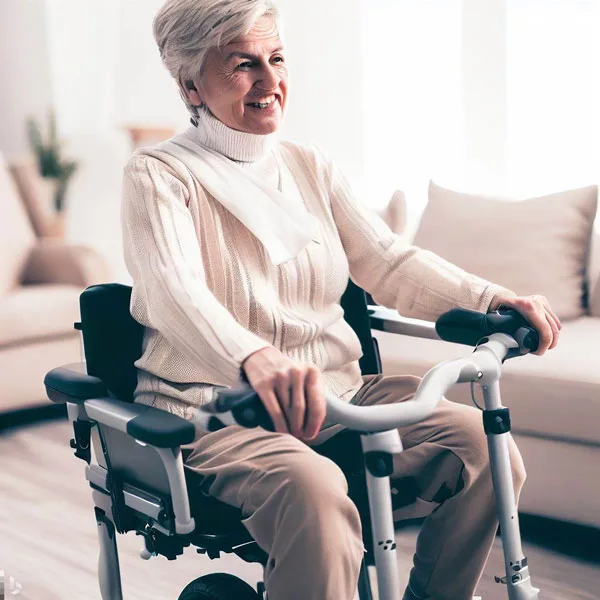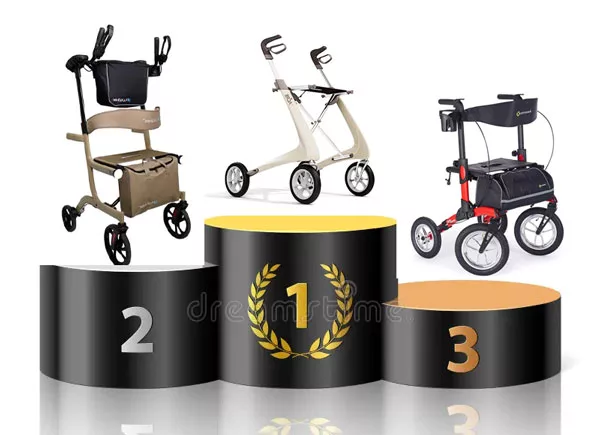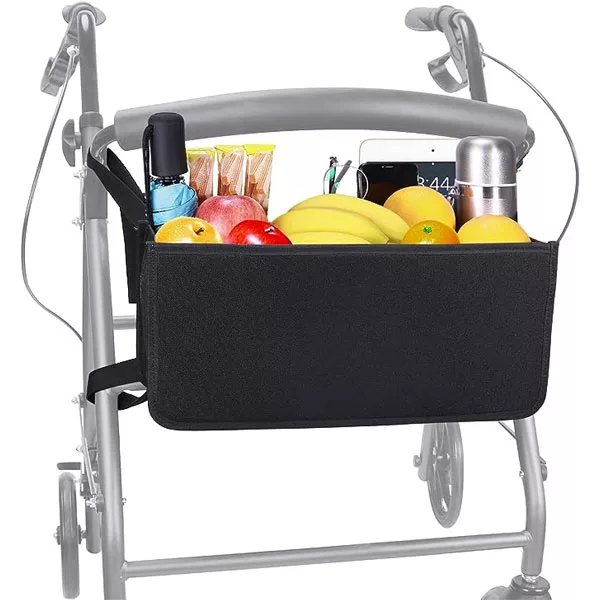The Comprehensive Guide to Choosing the Right Mobility Aid for Seniors
Table of Contents
Introduction
Mobility aids for seniors are more than just tools; they’re lifelines that offer independence and freedom. In this comprehensive guide, we’ll explore the different types of mobility aids available and how to choose the right one for you or your loved one.
Why Mobility Aids are a Game-Changer
Mobility aids can be a real game-changer for seniors, offering them the freedom to move around safely. They can significantly improve the quality of life by providing the support needed to perform daily activities independently.
Types of Mobility Aids
Canes
Description and Uses: Canes are the simplest form of mobility aid, ideal for those who need slight support while walking. Pros and Cons: Lightweight and easy to use but may not offer sufficient support for some. Ideal for Whom?: Best for those with minor balance issues.
Walkers
Description and Uses: Walkers offer more stability than canes and come in various styles. Pros and Cons: Highly stable but can be bulky. Ideal for Whom?: Suitable for those who need significant support while walking.
Wheelchairs
Description and Uses: Wheelchairs are for those who cannot walk or stand for extended periods. Pros and Cons: Offers complete support but requires upper body strength or assistance. Ideal for Whom?: Ideal for those with severe mobility issues.
Mobility Scooters
Description and Uses: Mobility scooters are electric devices that are easy to operate. Pros and Cons: Convenient but can be expensive. Ideal for Whom?: Best for those who can sit upright and have some upper body strength.
Crutches
Description and Uses: Crutches are generally used temporarily for injuries. Pros and Cons: Lightweight but require good upper body strength. Ideal for Whom?: Suitable for temporary use for those recovering from injuries.
Factors to Consider When Choosing a Mobility Aid
When choosing a mobility aid, consider the following factors:
- Comfort: Make sure it’s comfortable to use for extended periods.
- Durability: Opt for a durable, long-lasting product.
- Ease of Use: It should be easy to operate.
- Cost: Consider your budget and if insurance will cover the costs.
How to Maintain Your Mobility Aid
- Cleaning Tips: Regularly clean your mobility aid to ensure it’s hygienic.
- Regular Check-ups: Make sure to check for wear and tear.
- When to Consider a Replacement: If your mobility aid is showing signs of damage, it may be time for a replacement.
Where to Buy Mobility Aids
You can buy mobility aids both online and in physical stores. Consider if your insurance will cover the costs and always opt for reputable sellers.
Conclusion
Choosing the right mobility aid can significantly improve the quality of life for seniors. Consider your needs, consult with healthcare providers, and make an informed decision.
Frequently Asked Questions
What are the different types of mobility aids?
Canes, walkers, wheelchairs, mobility scooters, and crutches are the primary types of mobility aids available for seniors.
How do I choose the right mobility aid for me?
Consider your mobility needs, consult with a healthcare provider, and try out different options.
Are mobility aids covered by insurance?
Coverage varies by insurance provider and the type of mobility aid. Always check with your insurance company for specific details.
How do I maintain my mobility aid?
egular cleaning and check-ups are essential for maintaining your mobility aid. Always follow the manufacturer’s guidelines for best results.
Can I travel with my mobility aid?
Yes, most public transportation services accommodate mobility aids. However, it’s best to check in advance and notify the service provider.
What is the average cost of a mobility aid?
The cost can vary widely depending on the type and features. Canes are generally the least expensive, while mobility scooters can be quite costly.
Is it better to buy or rent a mobility aid?
If you need a mobility aid for a short period, renting may be more cost-effective. For long-term needs, purchasing is usually the better option.
How do I know if a mobility aid is durable?
Look for products made from high-quality materials and read customer reviews for insights into durability.
Can I use multiple types of mobility aids?
Yes, some people use different aids for different activities or settings. Consult your healthcare provider for personalized advice.
How often should I replace my mobility aid?
The lifespan of a mobility aid depends on its type and how often it’s used. Regular inspections will help you determine when it’s time for a replacement.
Are there any mobility aids specifically designed for outdoor use?
Yes, some mobility aids are designed for rugged outdoor use. Always check the product specifications before making a purchase.
Do I need a prescription to buy a mobility aid?
Some types of mobility aids may require a prescription, especially if you’re seeking insurance coverage. Check with your healthcare provider for details.








